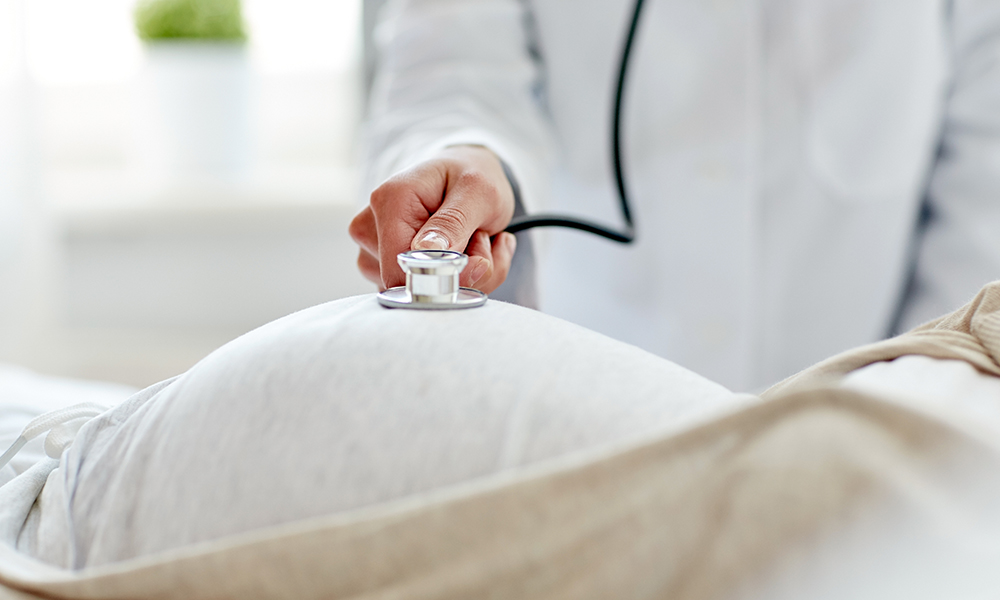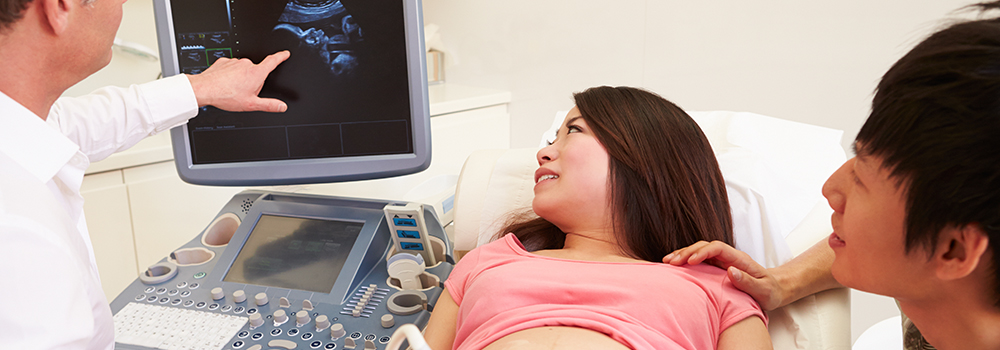Obstetrics | About Us
About Us
Time flies, and 37 years have passed since the Department of Obstetrics and Gynecology in the Affiliated Hospital of China Medical University was establishment in 1980. 37 years ago when the department was established, the doctors working for the department were only babies. And now, they are working for the department to deliver babies. That is the big romance in the Department of Obstetrics and Gynecology.

In 1987, an ultrasound room was set up, where the High Resolution Ultrasound (ALOKA) was purchased to become the third eye and the third hand to help our gynecologists in the department. With the progress of science and technology, the department also introduces the newer ultrasonic machine (which is the E10 in the VOLUSON series produced by the GE Company at present). It can not only diagnose congenital structural diseases, but also make up the deficiencies of the past with the colorful ultrasound and Doppler ultrasound, so that the interpretation of congenital heart disease can be more accurate. In addition to providing alternative visual experience, the highly advanced instruments and platforms have also greatly improved the diagnostic process.

As for prenatal diagnosis, in May of 1993, the hospital set up an amniotic fluid cytogenetic analysis center and began to actively engage itself in prenatal genetic testing. In 2008, we introduced "First-Trimester Down's Syndrome Screening" and the number of patients undergoing such examinations each month has been the highest in Taiwan, in hope that we could provide more extensive diagnosis and further treatment.

In 2004, the department passed the third-level appraisal of the hospital responsible for referral of high-risk pregnancies at a high score. That indicates that the department can provide more advanced medical services besides general medical treatment. Of course, this can be attributed to the support and assistance of other departments in the hospital. The maternity ward in our hospital also purchased a fetal heartbeat and maternal central monitor, to allow medical staff to keep abreast of fetuses and maternal dynamics. In 2007, the hospital passed evaluation of the Department of Health to become the best mother-baby friendly hospital and provide the best prenatal, delivery and postpartum services for pregnant women.
